For some paddlers, kayaks are both a means and an end—a vessel to access the best surf and then play in it. But for me and three friends, it was a love of surfing boards, not boats, that drew us to a remote stretch of northwest Vancouver Island coastline in search of untapped breaks. Rather than zipping back and forth in a powerboat blitzing waves and disrupting the region’s natural vibe, we wanted a more adventurous, eco- and budget-friendly trip. Sea kayaks were the obvious choice. Our journey focused as much on self-reliance and careful scouting as it did on scoring new surf.
Chasing waves: Hunting for surf in British Columbia

Onwards to Kyuquot Sound
A loud crack breaks the concentration needed to navigate the harrowing tentacles of the Artlish River valley’s forestry roads. More than seven hours and nearly 500 kilometers out of Tofino, we pull to the roadside to take stock of my 20-year-old Tacoma. Loaded with four people, a canopy full to the brim with food and gear, and four kayaks and surfboards strapped to a homemade wooden rack, it’s difficult to tell from where the ominous sound originated. Fortunately, the aged truck’s protests are merely a bluff and we continue our laborious descent to the coast.
Logging trucks piled high with old growth cedars speed past, trailing choking clouds of dust. Where the once towering trees have been felled and hauled from the rolling slopes of these coastal mountains, alder thickets crowd the narrow trail of washboard gravel that leads to the innermost reaches of Kyuquot Sound.
Much of Vancouver Island’s outer coast is rugged and remote, and Kyuquot Sound—where our trip begins—is no exception. With virtually no land access to its outer extremities, a boat is a necessity.
Although we can cover less water than a powerboat, our kayaks provide the flexibility to search out new breaks on offshore reefs and islands as well as those tucked in along the unforgiving coast. Crossing the exposed mouth of the sound provides the first gentle rise and fall of a small groundswell, hinting at the waves we are hoping to find hiding beyond Rugged Point on the storm-battered outer coast.
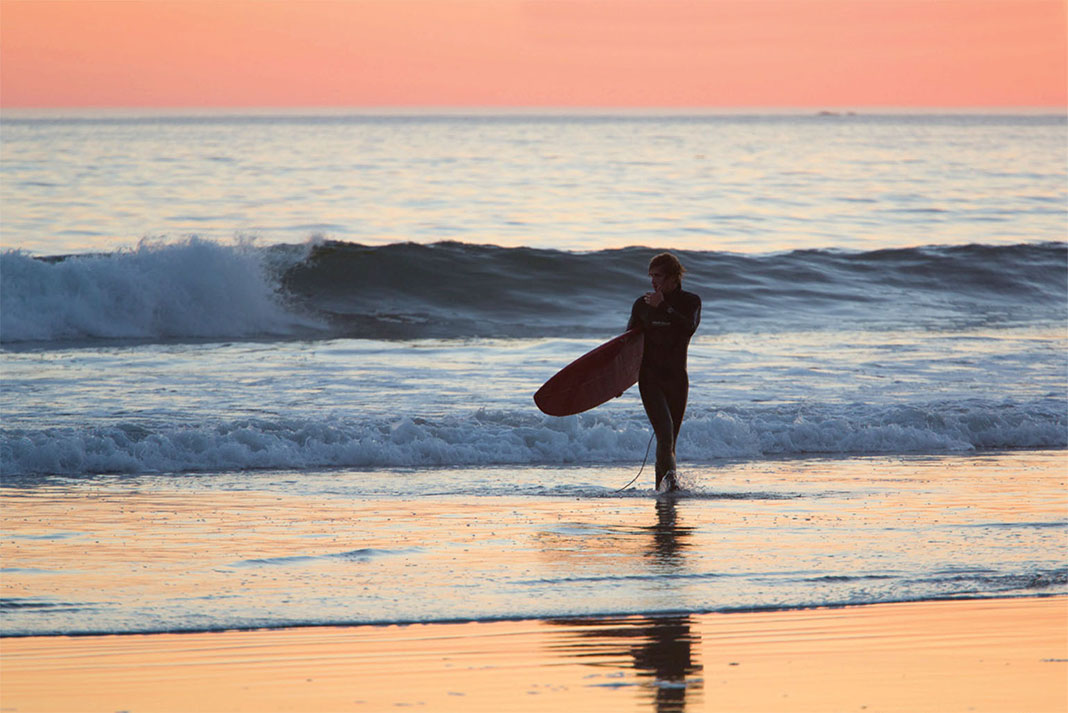
Rewarded with good weather
Landing on a golden sandy beach on the protected eastern side of the point, we race excitedly down the narrow trail through thick waxy leaves of salal, dodging bear scat and scrambling up steep, muddy slopes. Bursting from the cloak of dense old growth forest into the brilliant afternoon sun bathing the outer coast, we gaze upon a natural surfing paradise. With the vast Pacific as a sparkling backdrop, small clean peaks peel off a sandbank in the middle of a crescent-shaped bay ringed by white sand and bleached driftwood.
The warm waters of Kyuquot Sound have wrapped around to the outer coast and amazingly, at nearly 50 degrees latitude, we can surf sans wetsuit, unheard of in our backyard surf playground of Tofino. Our first evening rewards us with a short, playful surf session as the unseasonably hot September sun sets and an amazing orange moon and bright Milky Way rise over our camp.
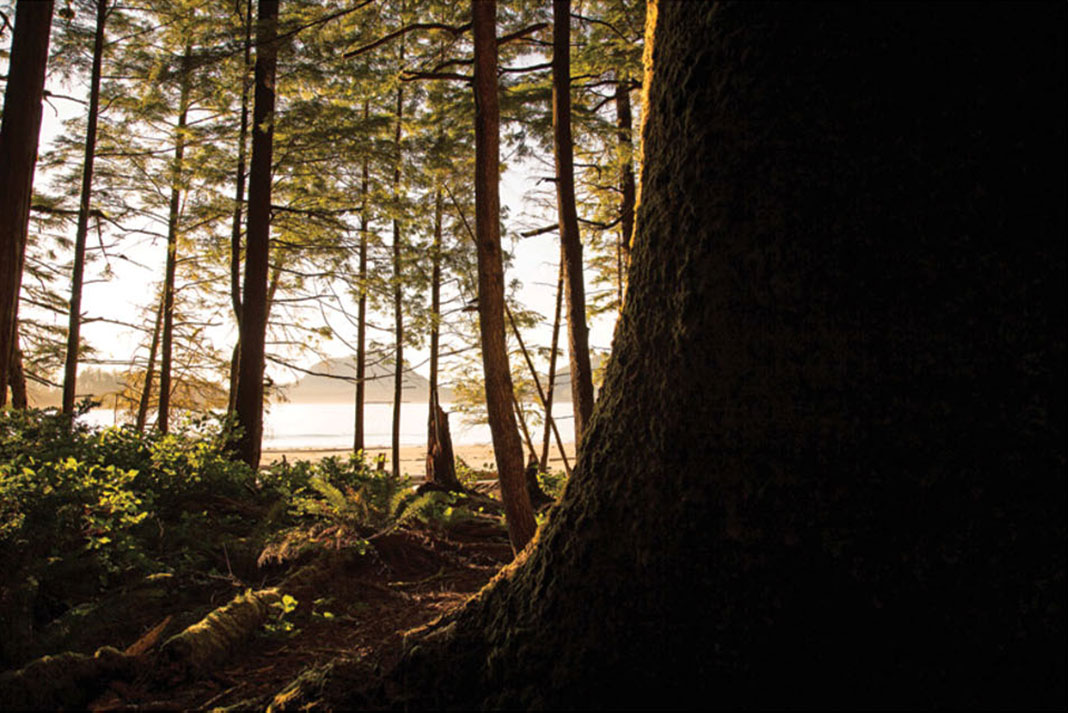
The multi-day trip routine: surf, fish, explore
The beauty of a multi-day kayak trip is that it sharpens your sense of adaptation and self-reliance, leaving you more in command of your own experience. This journey was the first time any of us had kayaked on the open coast, but our surfing experience served us well.
Reading the waves, I learned to time a burst of paddle strokes to safely land my boat through surf. Once ashore, I could wade out into the water and assist my girlfriend, Caroline, as it was her very first kayaking adventure. Meanwhile, our German companions, Anja and Uwe, handled their long boats like seasoned veterans, gliding effortlessly onto the exposed beaches.
The days blurred as we settled into a routine of surfing, fishing and exploration. One of our daily activities involved identifying fresh animal tracks in the sand including bear, cougar and, one morning, translating a story involving a deer and a very large timber wolf.
With the kayaks, we scoped potential reef breaks and other beaches for waves. The swell filled in as forecasted and the extra size opened up a speedy river mouth right-hander. But we had yet to explore the outer reef shelves that had piqued my interest while pouring over marine charts and Google Earth months earlier.
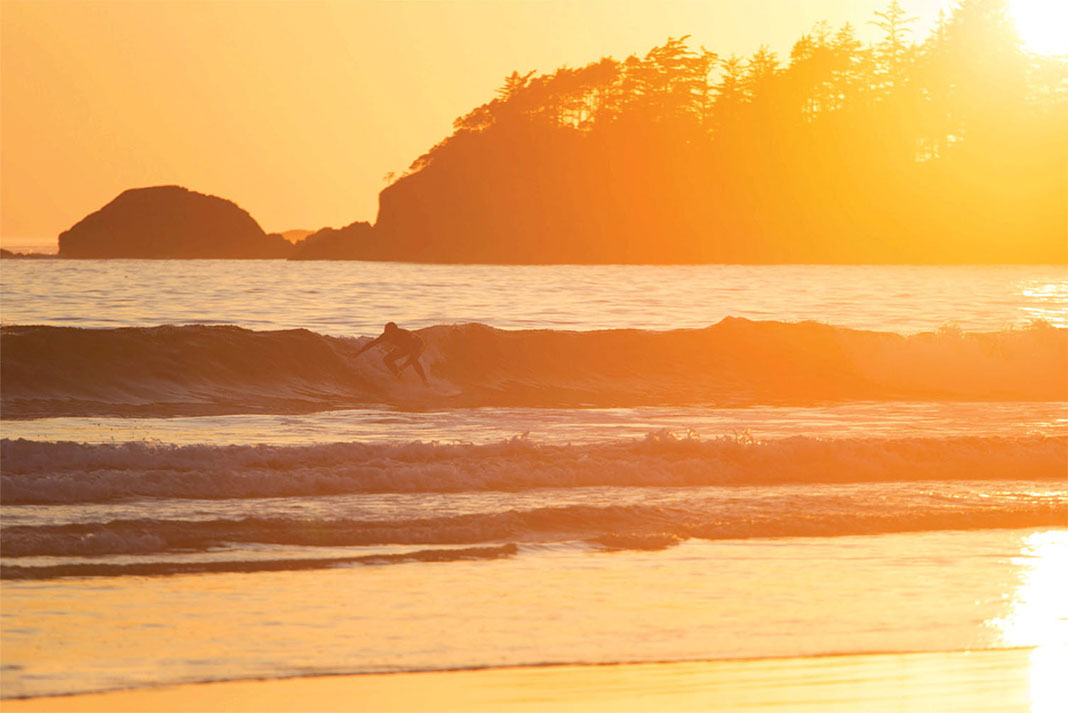
Loving the unknowns
The roulette wheel of searching for remote surf spots by kayak could be a fickle affair. Re-checking a break on a different tide wasn’t really an option with the large distances between spots, but when you hit it right, you could hit it big.
We paddled past plenty of reefs when the tumultuous variables of swell direction and tide failed to produce surfable waves. Then we saw them: the reeling green backs of waves jacking up on the horizon. On closer inspection, the slabby left-hander sucked most of the water from the reef, threw a thick green lip and carved an angry path through a dense mat of bull kelp.
I love the unknowns of surfing a new break and one this remote and wild had me nearly jumping out of my kayak. The only information we had was what we were staring at in that very moment.
Now I know a lot more: I am intimate with the impenetrable beds of mussels covering every inch of the treacherous rocks. I can picture the brightly colored eelgrass, sea stars and anemones that crowd the reef. And I know that if you miss your drop, you’re going to get a closer look at the creatures below and battle through foamy kelp on your way back to the surface.
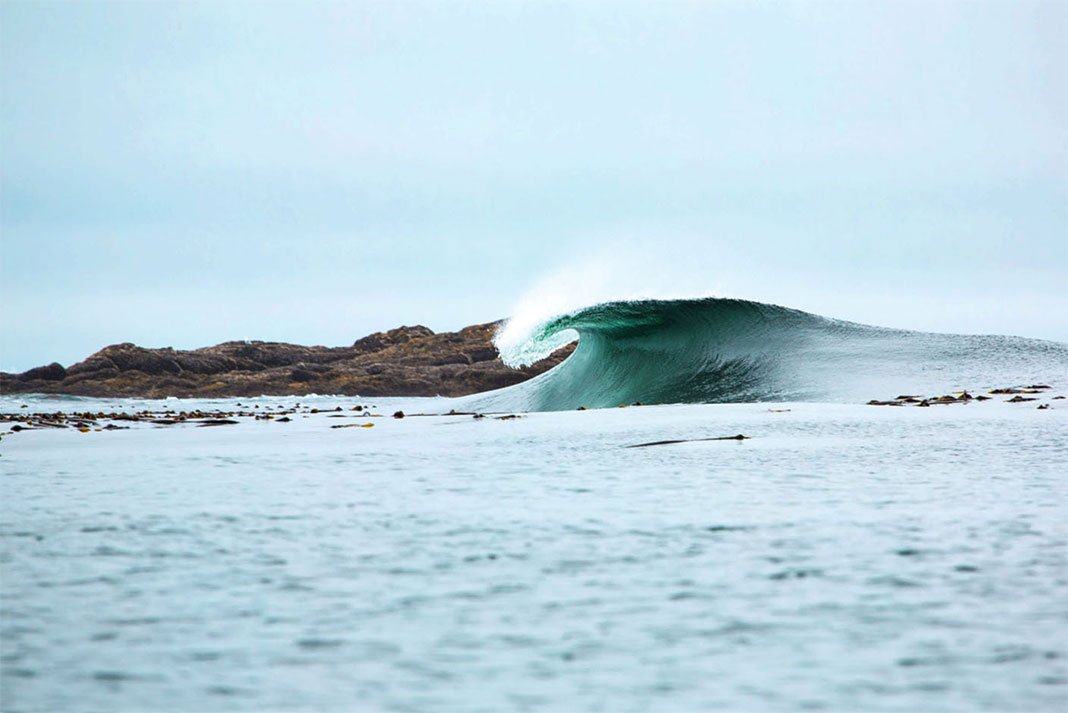
One final treat
Inevitably, dense coastal fog rolled in, obscuring the peaks and the sun and seeming to add hours to the 25-kilometer paddle back into the sound. Mother and calf grey whales escorted us for much of the morning, and the silence was absolute apart from our rhythmic paddle strokes and the whales’ sharp exhalations echoing between the islands.
As night fell on our last campsite, one final treat came in the unexpected form of bioluminescent phytoplankton glowing bright blue in the shallows and on the seawater-saturated pebble beach. With childlike excitement, we skipped luminous blue stones and ran with electric footprints down the beach.
Feature photo: Ben Haggar





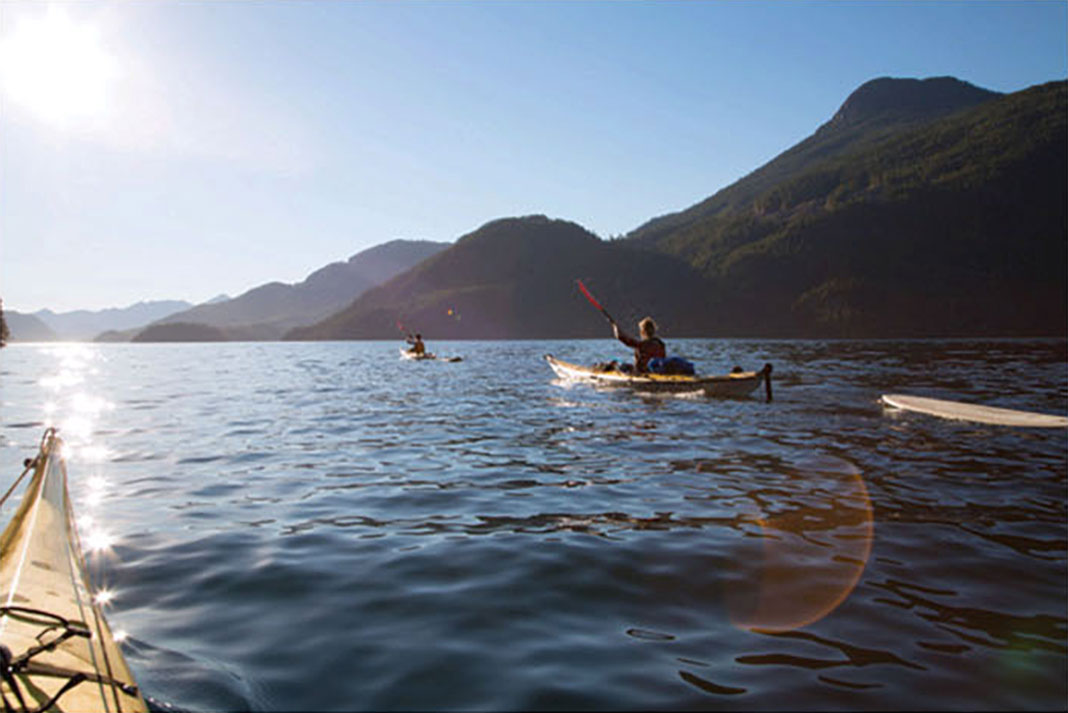
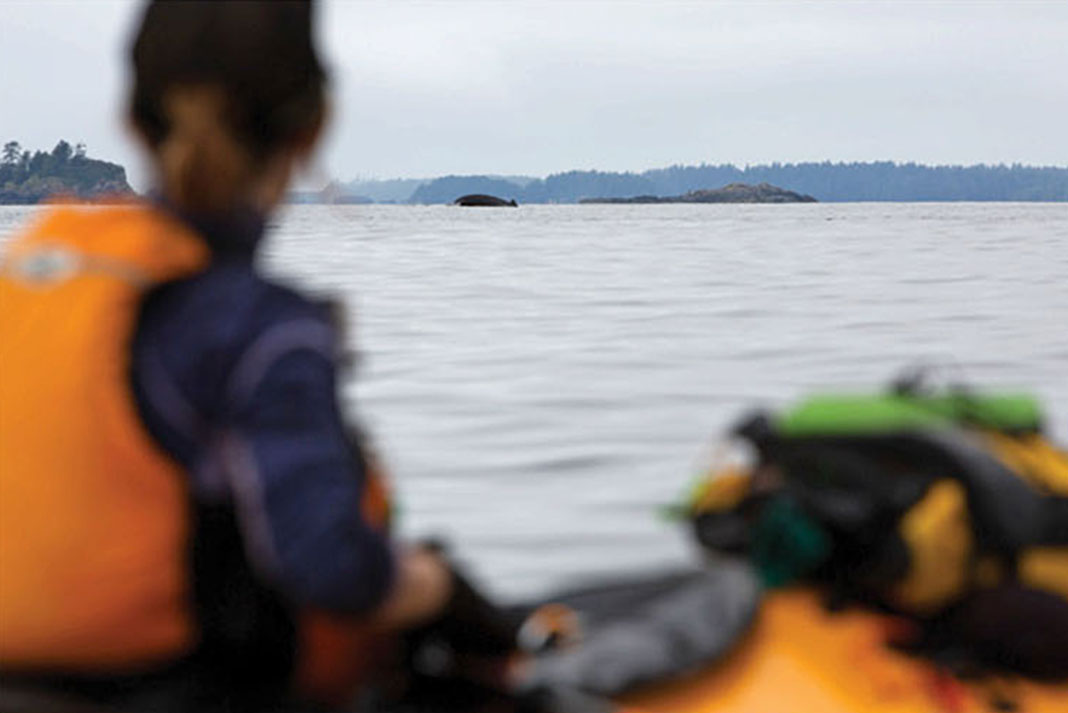
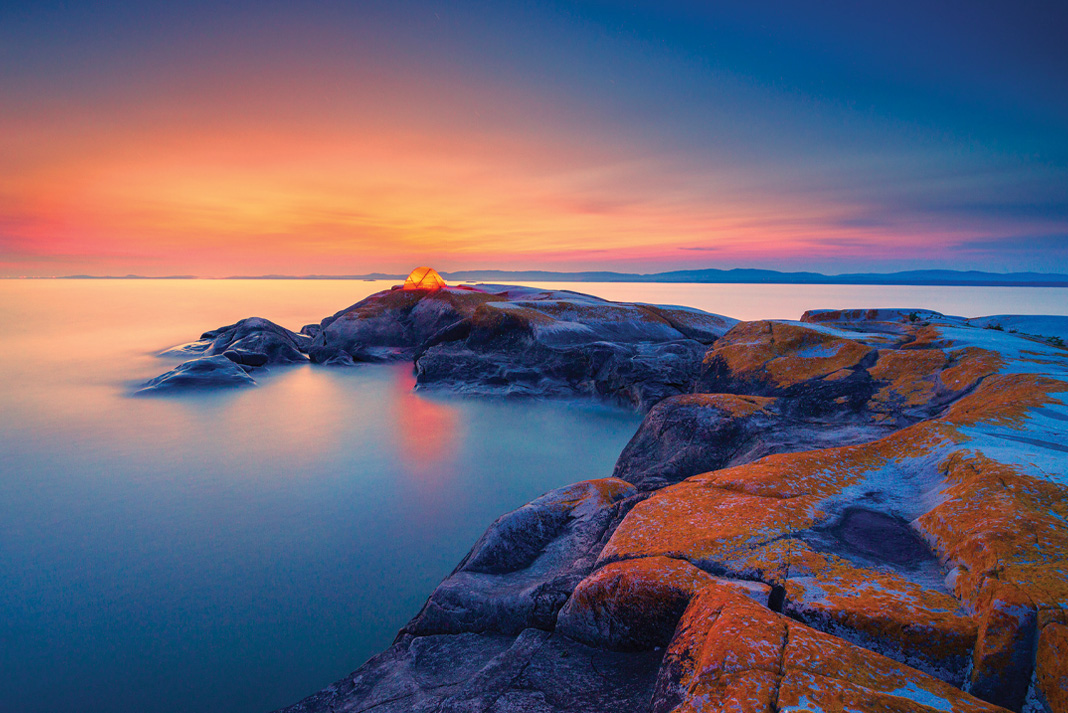
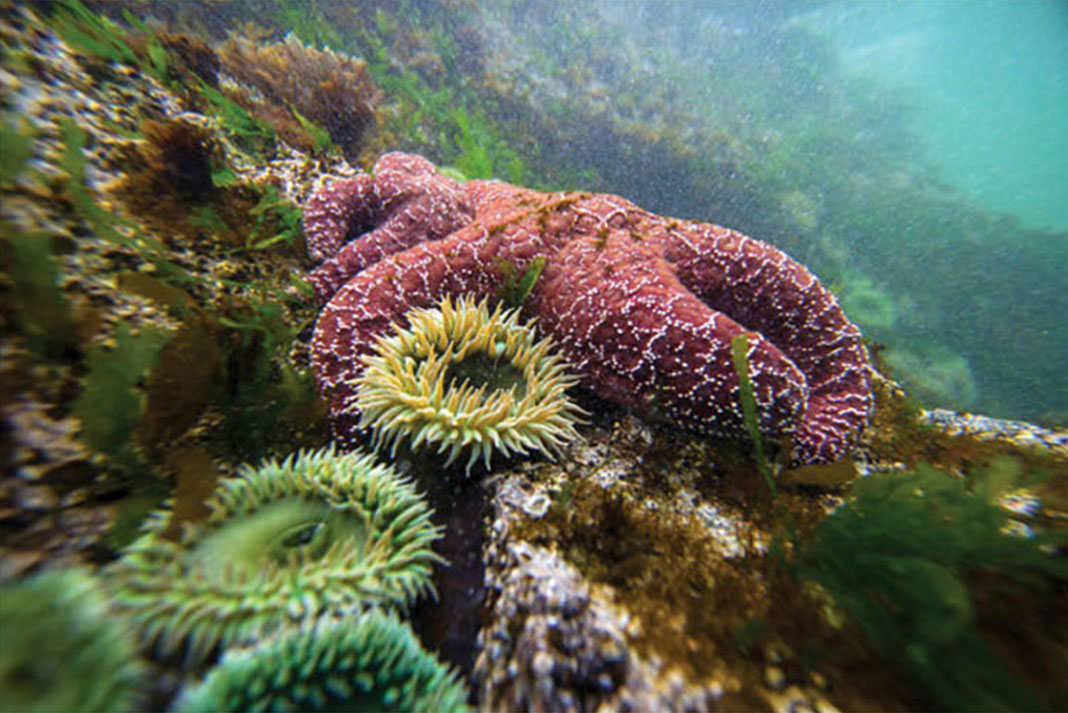
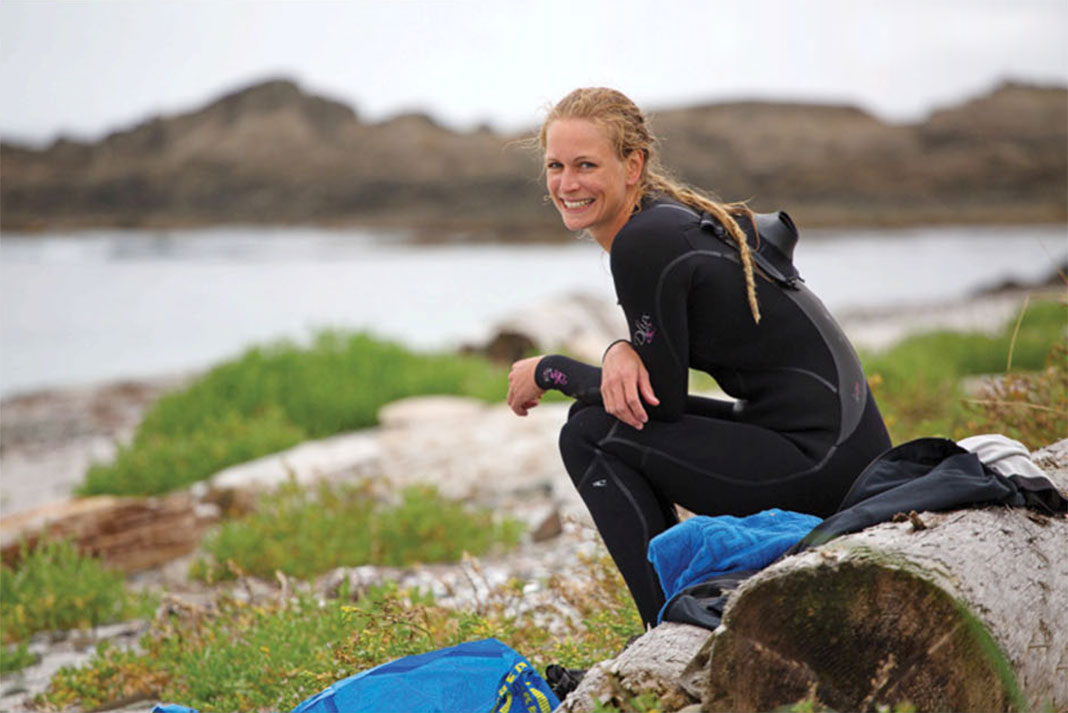
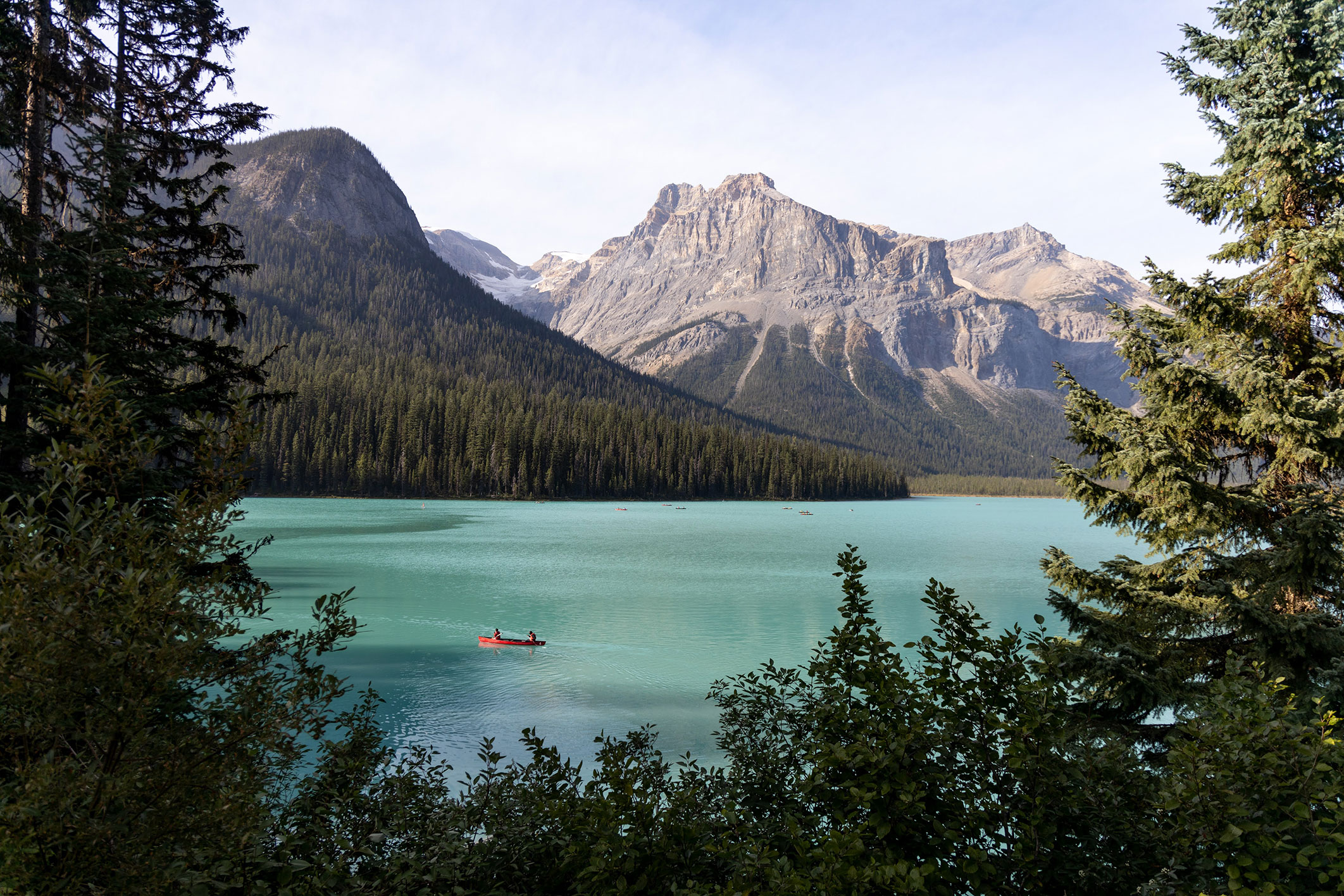
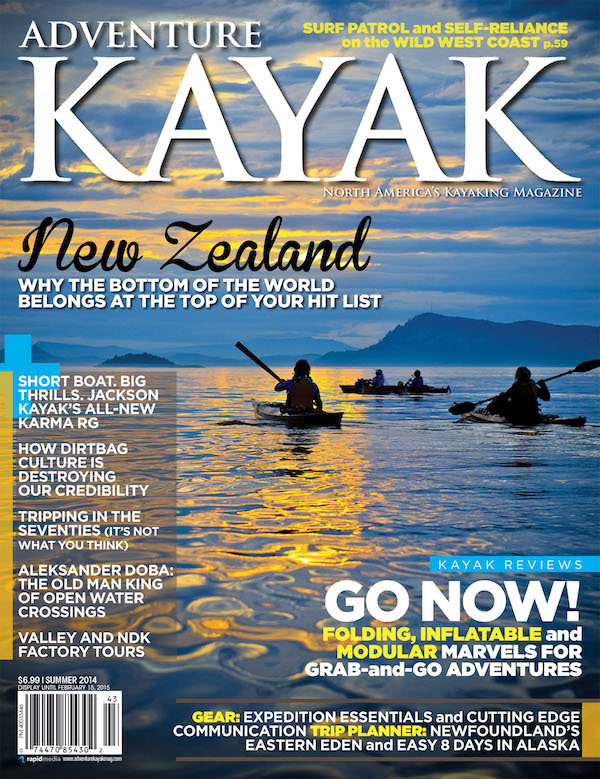 This article was first published in the Summer 2014 issue of Adventure Kayak Magazine.
This article was first published in the Summer 2014 issue of Adventure Kayak Magazine. 
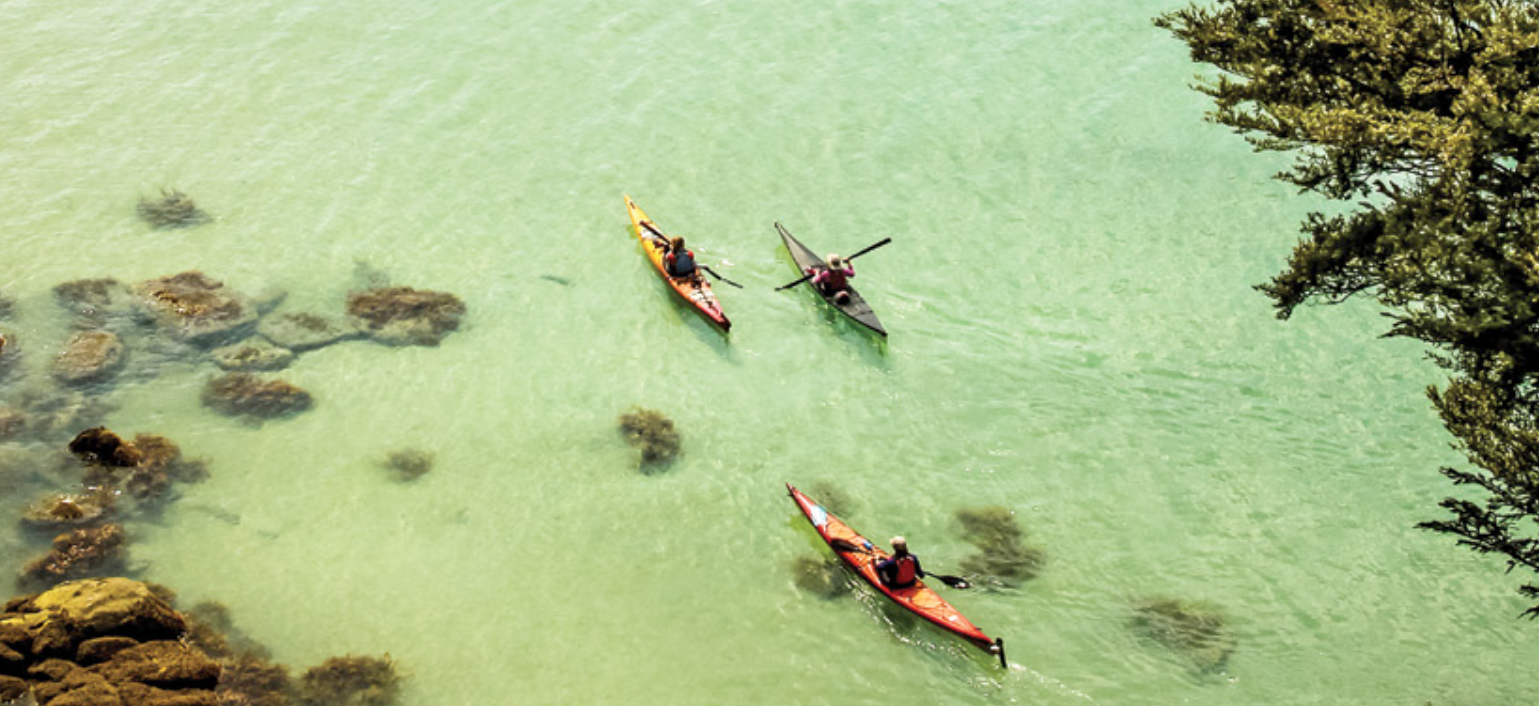

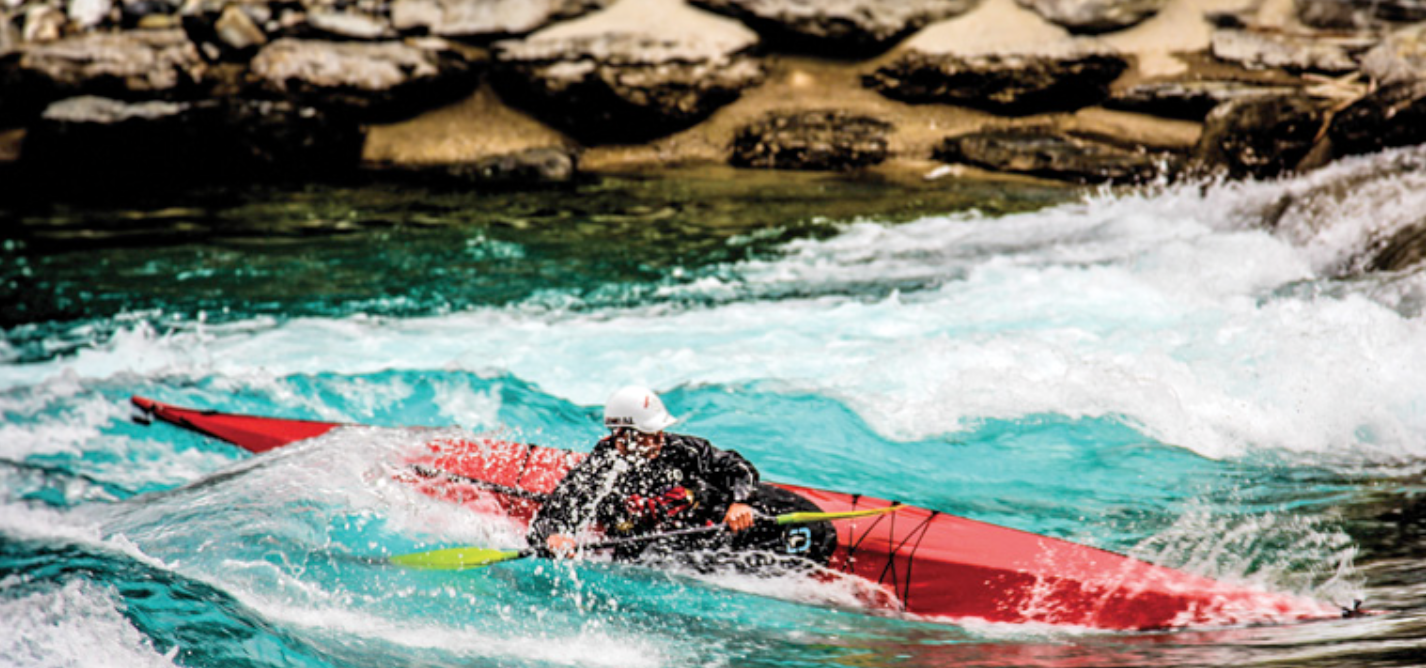
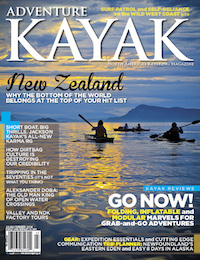 This article first appeared in the Summer 2014 issue of Adventure Kayak Magazine. For more great content, subscribe to Adventure Kayak’s print and digital editions
This article first appeared in the Summer 2014 issue of Adventure Kayak Magazine. For more great content, subscribe to Adventure Kayak’s print and digital editions 
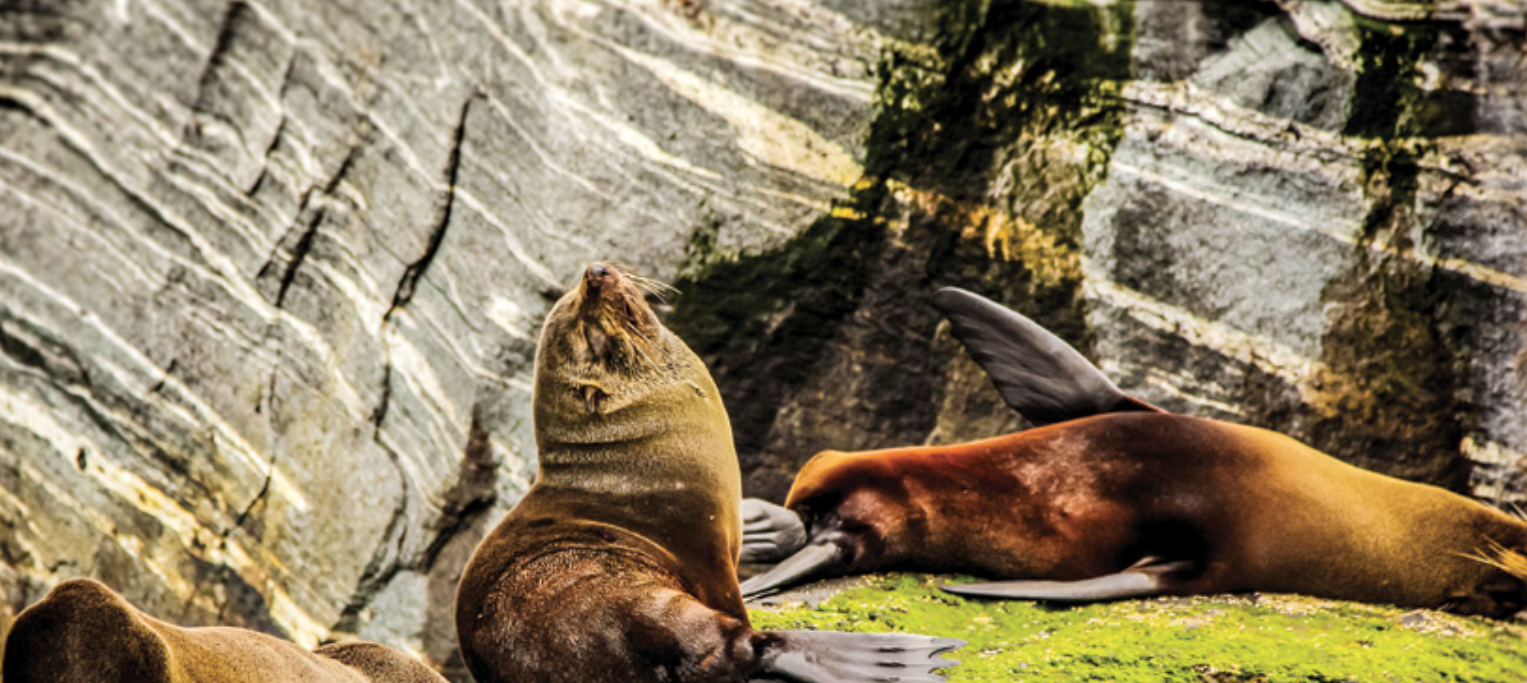

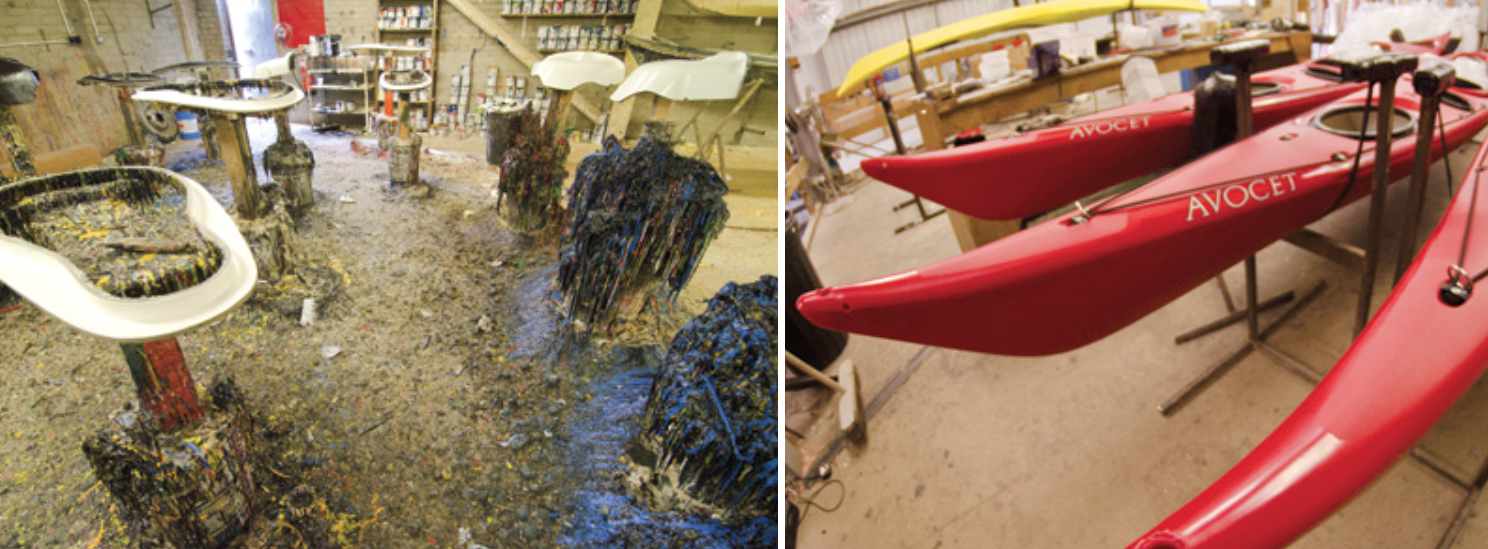


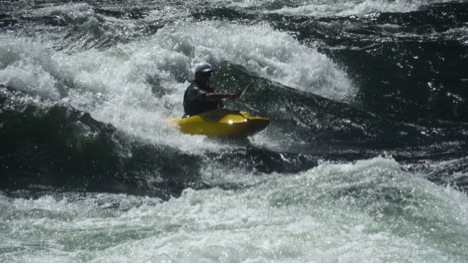
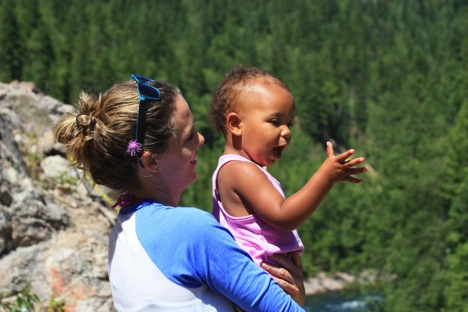
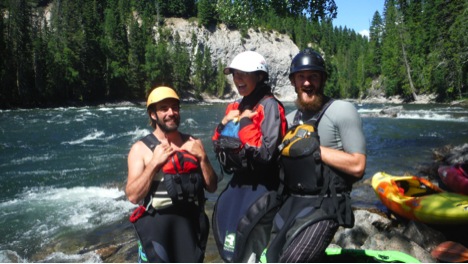



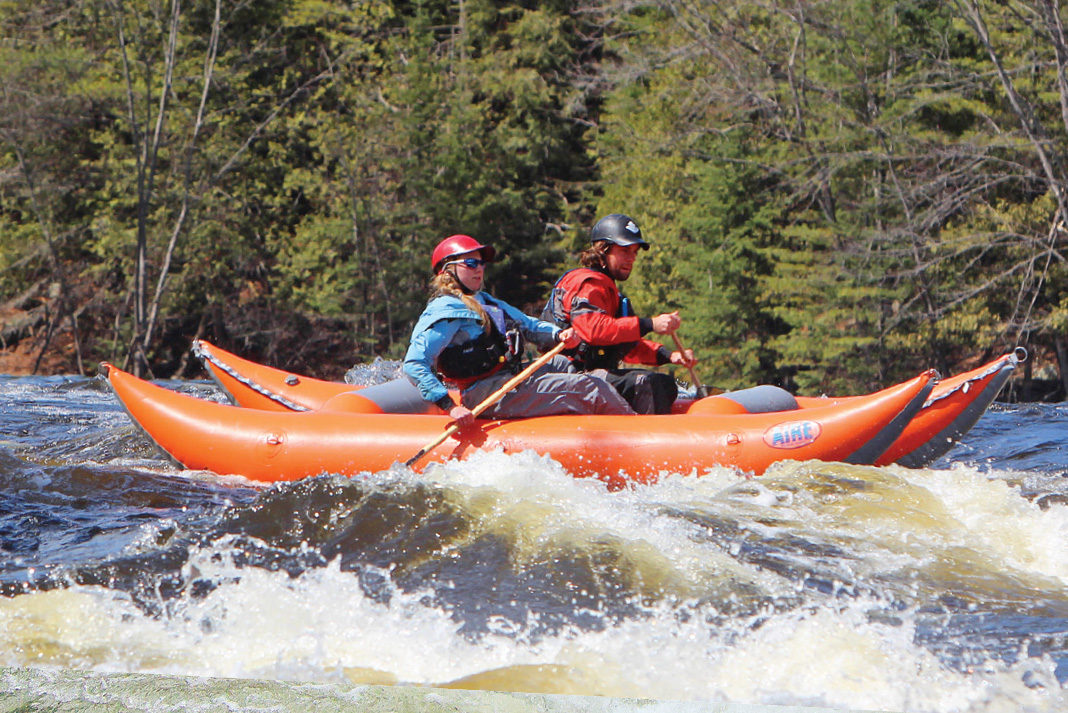
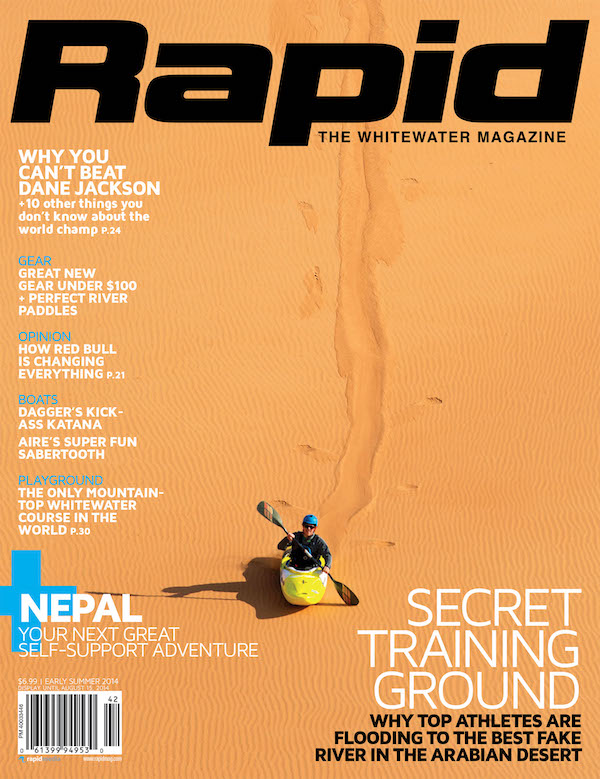 This article first appeared in the Early Summer 2014 issue of Rapid Magazine.
This article first appeared in the Early Summer 2014 issue of Rapid Magazine. 
